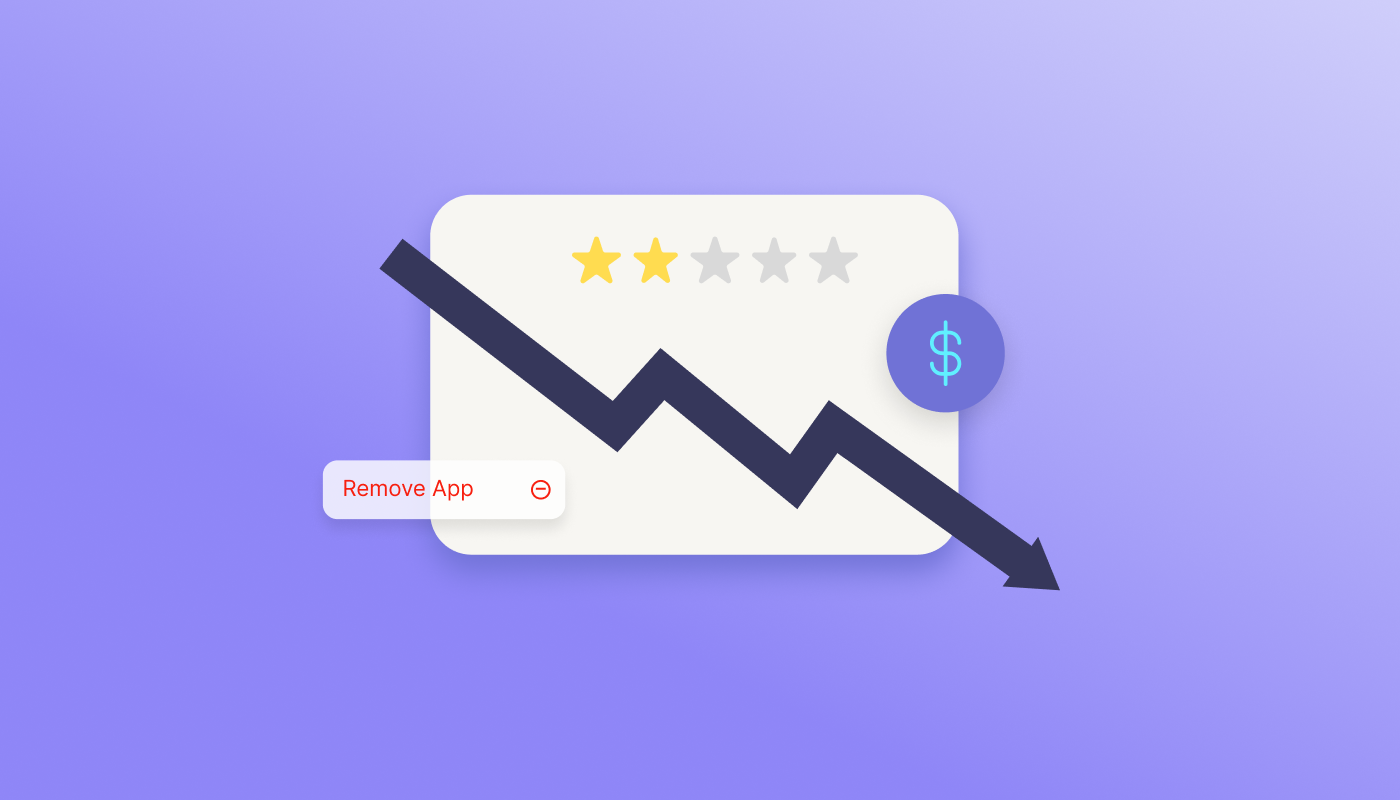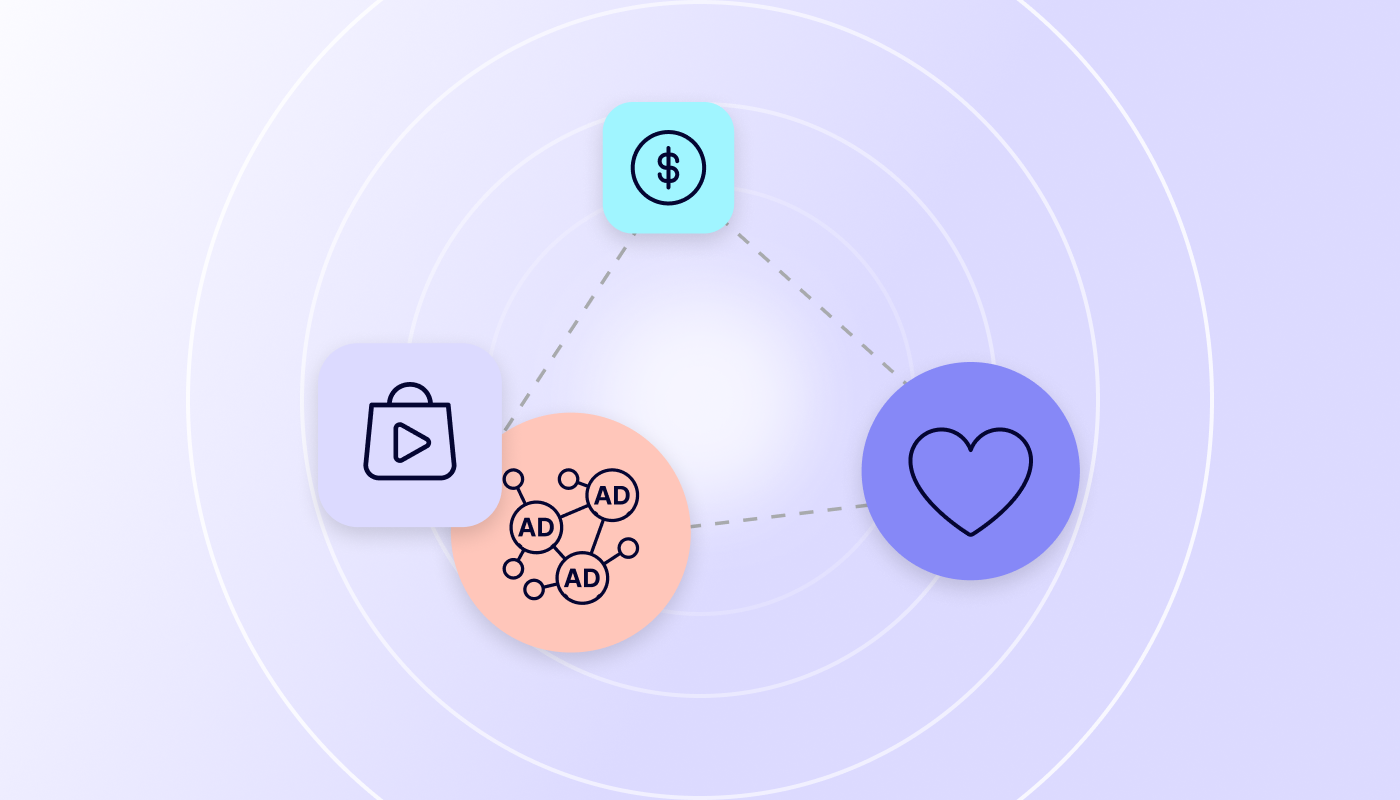Why efficiency is the new currency of programmatic
With programmatic advertising we built a system that can make millions of decisions per second, yet somehow loses half the budget along the way. Yes, programmatic advertising has delivered extraordinary scale. Industry-leading DSPs such as Google Display & Video 360 (DV360), The Trade Desk, and Amazon DSP are estimated to average between 500,000 and 3,000,000 QPS, especially during periods of peak global traffic. Billions of auctions are processed each day across mobile, CTV, digital out-of-home, making it possible for brands to reach audiences with a speed and breadth that traditional channels could never match. Yet beneath this achievement lies a paradox: scale has outpaced efficiency. Too many supply paths exist between buyer and seller, with opaque fees and hidden markups draining budgets. Latency clogs transaction chains, slowing decision-making. Identity gaps and fragmented signals lead to wasted impressions that erode trust. For advertisers, the consequences are clear. ROI weakens as campaigns struggle to land with the right audiences. Trust frays in a marketplace where money vanishes into black boxes of intermediaries and fees. Even sustainability is at stake, as redundant processes and wasted impressions consume energy and resources without creating value. According to the latest ANA Programmatic Transparency Benchmark (Q3 2025), advertisers are now seeing far more of their budgets reach working media than in previous years. Median TrueAdSpend, the share of spend that successfully reaches high-quality, measurable, non-fraudulent impressions, has risen dramatically, from 51.4% in Q2 to 68.8% in Q3 2025. That means nearly 7 out of every 10 dollars now reach consumers and publishers, a major improvement compared to the 2023 ANA study where only 36% of spend reached working media. However, despite this progress, the report shows that 31.2% of spend is still lost to inefficiencies such as non-measurable impressions, non-viewable inventory, IVT, and MFA exposure; indicating that nearly one-third of the programmatic supply chain remains optimization-ready. What efficiency really means in programmatic Efficiency in digital advertising is multi-dimensional. It is not only about speed or cost reduction, but about minimizing waste and maximizing value at every step of the chain. At its core lies price efficiency: transparent auctions where spend flows to working media instead of disappearing into layers of arbitrage. When pricing is clear and fair, advertisers avoid overpayment, and publishers retain more of every dollar invested. Additionally, inaccurate or missing information about ad placements often leads to inflated pricing, which in turn impacts ROI. Bid efficiency is equally vital. In a world where billions of auctions are decided in milliseconds, the ability to make fast, accurate decisions without being slowed down by redundant requests is paramount. Reduced latency and streamlined auction logic don’t just improve performance, they ensure that buyers are competing on quality rather than noise. Targeting efficiency is another cornerstone. As the industry grapples with the loss of third-party cookies and shifting privacy regimes, clean data, intelligent audience cohorts, and contextual relevance become essential. Wasted impressions are reduced when campaigns reach the right people, at the right time, in the right environment, while publishers benefit from stronger yields. Then there is supply path efficiency, which addresses one of the most pressing challenges in programmatic today: the bloated, opaque journey from publisher to buyer. Direct paths reduce cost, increase transparency, and give advertisers confidence that their spend is flowing to high-quality inventory. Operational efficiency underpins it all. Programmatic at scale requires infrastructure capable of processing billions of requests daily. Systems must be low-latency, reliable, and resilient, but also sustainable, minimizing wasted compute and energy in alignment with broader cost and environmental goals. Finally, reporting, attribution, and trust close the loop. Without accurate measurement, advertisers cannot optimize or hold partners accountable. Fraud prevention, brand safety standards, and viewability controls ensure that impressions are not wasted in unsafe or invisible environments, reinforcing trust across the ecosystem. The various kinds of efficiency mentioned before can’t simply be layered onto the programmatic ecosystem, it must be built into it. That requires modern infrastructure, smarter intelligence, and cleaner, more transparent supply paths working together. The capabilities below show how efficiency can be engineered into the foundation of programmatic. Enabling capabilities and technology 1. Modern architecture built for speed and stability It begins with architecture. Legacy systems designed for volume alone are no longer enough. What’s needed is modular, microservices-based infrastructure supported by edge servers and fast global data centers, so that auctions can be executed with minimal latency and maximum reliability. 2. Intelligence as the new optimization layer On top of this foundation sits intelligence. Machine learning and predictive modeling now underpin the most advanced exchanges, offering price guidance, and win-rate estimation that help advertisers avoid overpayment. At Verve, we dedicate efforts on signal enrichment and identity capabilities that are equally critical. As third-party cookies disappear and privacy regulation tightens, the ability to resolve identity in a clean, compliant way has become a competitive necessity. 3. Addressability through AI: Verve’s audience intelligence engine Our audience intelligence engine is an example of how these principles can be applied at scale. By orchestrating addressability across both ID and ID-less environments, the engine blends traditional identifiers with AI-driven contextual and on-device signals to ensure audiences can be discovered and extended without sacrificing transparency or compliance. Advertisers retain the predictability of ID-based buying while also unlocking the scale of ID-less buying across screens, from mobile to CTV and beyond. 4. Radical transparency through supply path signals Transparency also plays a pivotal role. The Schain object, combined with ads.txt / app-ads.txt and sellers.json, makes it possible for advertisers to see every entity participating in the supply path. This gives buyers the ability to evaluate which paths deliver value and which do not, and adjust accordingly. This level of clarity is foundational to eliminating hidden inefficiencies. 5. Traffic shaping & request filtering for a cleaner supply chain Another critical capability lies in traffic shaping and request filtering. Today’s programmatic pipes are flooded with redundant or low-value bid requests, each one driving up infrastructure costs and slowing down decision-making. By filtering invalid or poor-quality inventory...









